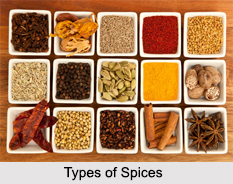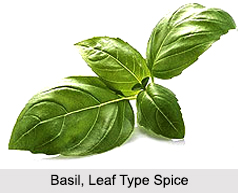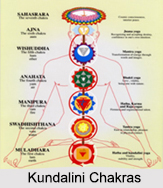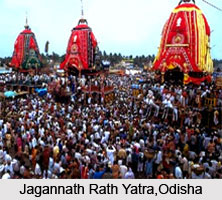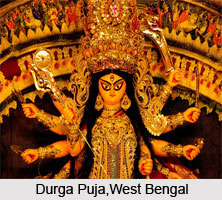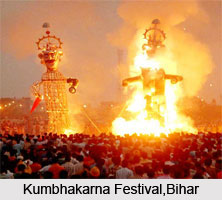Archery in India is one among the prime ancient sports. Conventionally, the game has been associated with warrior-ship and kingship and it was an important requirement expected in the battle field. Though, it was mainly used in hunting and combat in the ancient times, archery has become a precision sport in the modern times. Young potential archery talents like Tarundeep Rai, Jayant Talukdar and Rahul Banerjee have made India proud at the big stage. With international and national awards and recognition pouring thick and fast, India is slowly coming up as a powerhouse in archery.
In the present scenario the game has found new takers and is gaining popularity among people of India. With the introduction of new, improved and sophisticated equipments under the strict supervision of Archery Association of India (AAI), the game has reached wider section of the masses.
History of Archery in India
The history of Archery in India dates back to the Vedic Period. During this time, bows and arrows were used for the purposes of hunting and gathering food. It was of immense importance in ancient India and this is testified to by the fact that the Mahabharata and the Ramayana, two massive sagas of royal lineages, are filled with passages that describe the techniques of archery, and the attitudes and customs surrounding its practice.
In the medieval period also, Archery was played quite extensively in India. Archery continued to be practised in the Indian palaces up through the end of the nineteenth century. In modern times, Archery has already made its way to the Olympic Games, as well.
 Both steel and brass bows were used by members of royal families in competition during the eighteenth and nineteenth centuries. Steel bows have a long history in India, as very early texts make mention of steel bows. By the time of the Mughal period (beginning mid-1500s), steel bows that were highly decorated, sometimes with gold and silver inlay, were fixtures in royal households.
Both steel and brass bows were used by members of royal families in competition during the eighteenth and nineteenth centuries. Steel bows have a long history in India, as very early texts make mention of steel bows. By the time of the Mughal period (beginning mid-1500s), steel bows that were highly decorated, sometimes with gold and silver inlay, were fixtures in royal households.Technique of Archery
Archery is a sport played with the two basic instruments of the bow and arrow. In this sport, the players use the bow to shoot arrows and hit targets. The target is made of a special grass species. The measurement of the target is approximately 8-10 inches in height and 3 inches in diameter and it remains attached to a thin bamboo pole at a height of 3 1/2 ft above ground level. An indentation is also created at the bottom of the pole. If the arrow of any player in an Archery game hits the target below this mark created, the player does not get any points. While playing, the players take aim at the target from a distance of 30 meters. The person who plays and practices the game of archery is called as an Archer.
For more visit the link below:
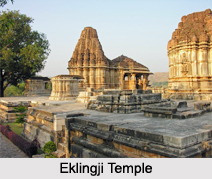
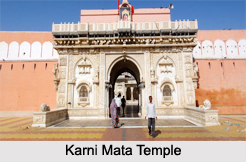

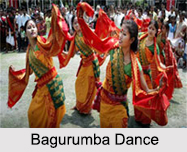 Raut Nacha:
Raut Nacha: